Tortilla De Huevos A La Mexicana 1932 (Mexican Omelet)
Gebhardt’s Mexican Cookery for American Homes. San Antonio: Gebhardt, 1932. P. 14. [TX716.M4 G4 1932 c.2]
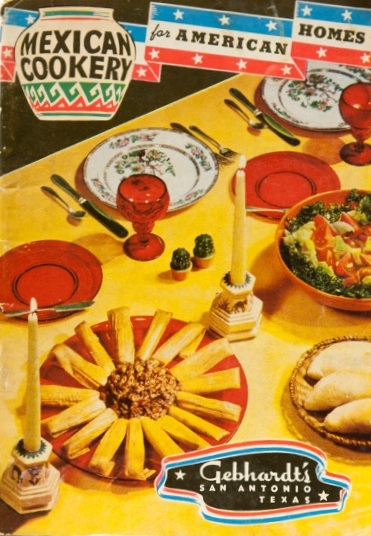
Last summer, the program manager for the Health & Kinesiology Department, Kirsten Corda, approached me with a plan to tie in her BIO2043 class with Special Collections’ Mexican Cookbook Collection. Together, we created an assignment that asked students to select and prepare a recipe from a Mexican cookbook in Special Collections, do a little background research on their selected recipe, and prepare a short blog post.
Over the course of the semester, students learned to navigate a new area of library resources (special collections), expanded their culinary horizons, and gained practice writing for a public audience. Over the next several months, we’ll be posting some of their recipe adventures here on La Cocina Histórica. This week, we begin with a recipe from Gebhardt’s Mexican Cookery for American Homes (1932), prepared by undergraduate nutrition student Christina Vo.
Tortilla De Huevos A La Mexicana
- 4 eggs
- ½ teaspoon Gebhardt’s Chili Powder
- 2 tablespoons cold water
- 1 teaspoon salt
- 2 tablespoons butter, olive oil, or margarine
- 2 cans Gebhardt’s Chili con Carne, plain
Beat egg whites until frothy, then add salt, Gebhardt’s Chili Powder, water; mix until stiff. Beat yolks until light and thick then fold into whites. Pour mixture into hot skillet in which butter has been melted. Cover and let the omelet cook on top of stove with a low flame until mixture puffs up. Uncover; transfer skillet to slow oven (325° F.) and cook for 25 minutes. Spread hot Gebhardt’s Chili con Carne over half of omelet and fold over. Remove to hot platter and serve, garnished with quartered tomatoes, pepper rings, sliced hard cooked eggs, sprigs of parsley.
In the Kitchen…
I have never prepared an omelet before and my infatuation with the different ways you can cook an egg naturally gravitated me to this recipe. Before preparing the omelet, I had two problems to face: a) Gebhardt’s Chili Powder and b) Gebhardt’s Chili con Carne. This specific brand of chili powder and chili con carne is hard to come by, so I substituted other brands. A concern of mine throughout the creation of the omelet was the use of water. Traditionally, American omelets are made with cream, milk, or a mixture of the two known as half & half.
It is critical to pay particular attention to the specifics of the directions. You must beat ONLY the egg whites until frothy, then add ingredients and beat the entire mixture until stiff. Over beating eggs will disrupt the way the eggs cook on the skillet, so you must try and avoid that. Another ambiguity in the directions is the instruction to beat the yolks until light and thick; I found it difficult to achieve both consistencies. While cooking, it is very important to ensure that the flame is low because you don’t want to overcook the eggs. Once the omelet starts to puff and inflate, it is time to place it in the oven.
One of the main reason I liked this cookbook was the style of the setup. The ingredients were minimal and all included Gebhardt’s products (mainly their famous chili powder). Perhaps, this cookbook is a frontier for similar cookbooks now produced in our time. Many well-known companies, such as Kraft, have released cookbooks centered on their products. I also enjoyed that the cookbook remains true to the Hispanic culture; the recipes seemed to be traditional Mexican dishes including everything from soups to desserts.
Upon researching the Gebhardt company, I learned it originated in Texas, where Willie Gebhardt added a special ingredient to his dishes in his New Braunfels’ restaurant. A plant was even established in San Antonio! In 1908 the company published one of the first Tex-Mex cookbooks Mexican Cooking to help promote the use of the Gebhardt’s chili powder, as many people outside of Texas did not know how to use it in their cooking. For a century, the company provided essential Tex-Mex spices and foods, including chili and canned tamales, thereby opening the doors to a new cuisine in American culture.
Works Referenced:
Finding Aid, Mexican Foods Company Records, MS 44, University of Texas at San Antonio Libraries Special Collections.


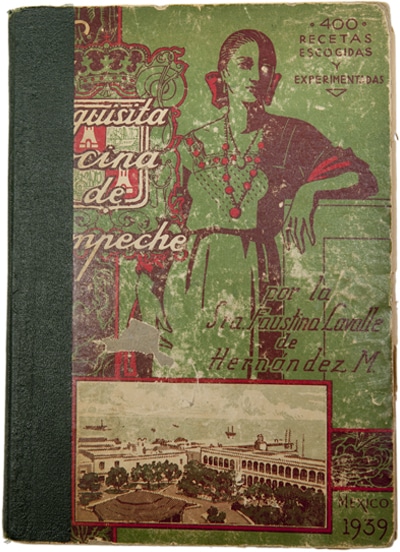
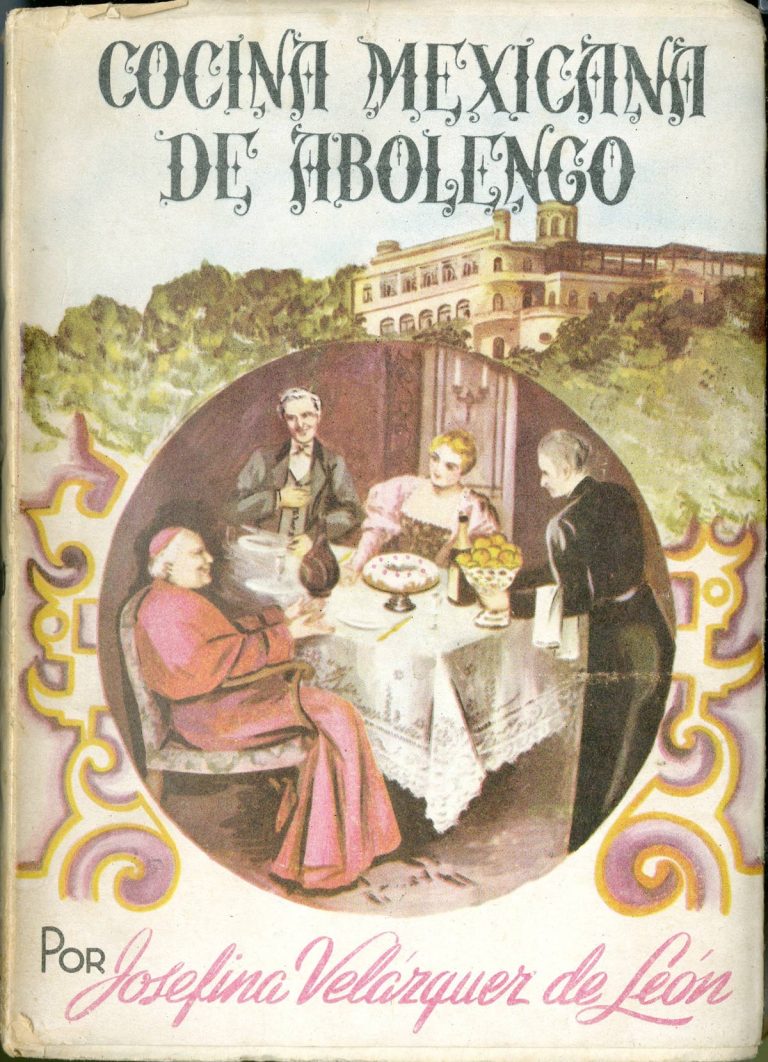
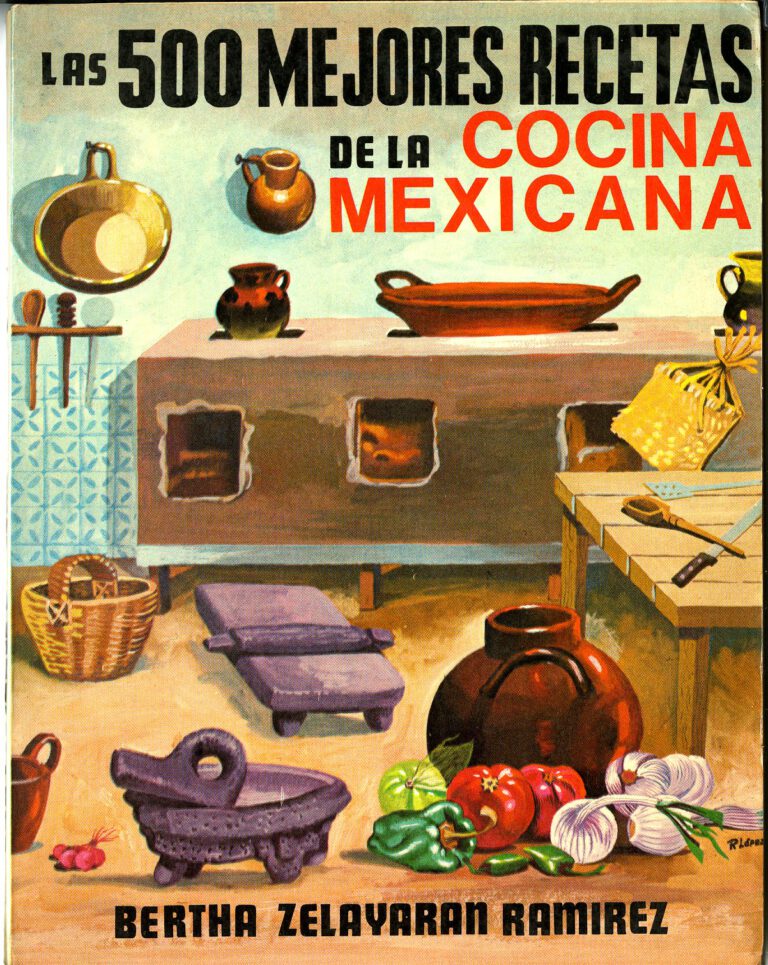
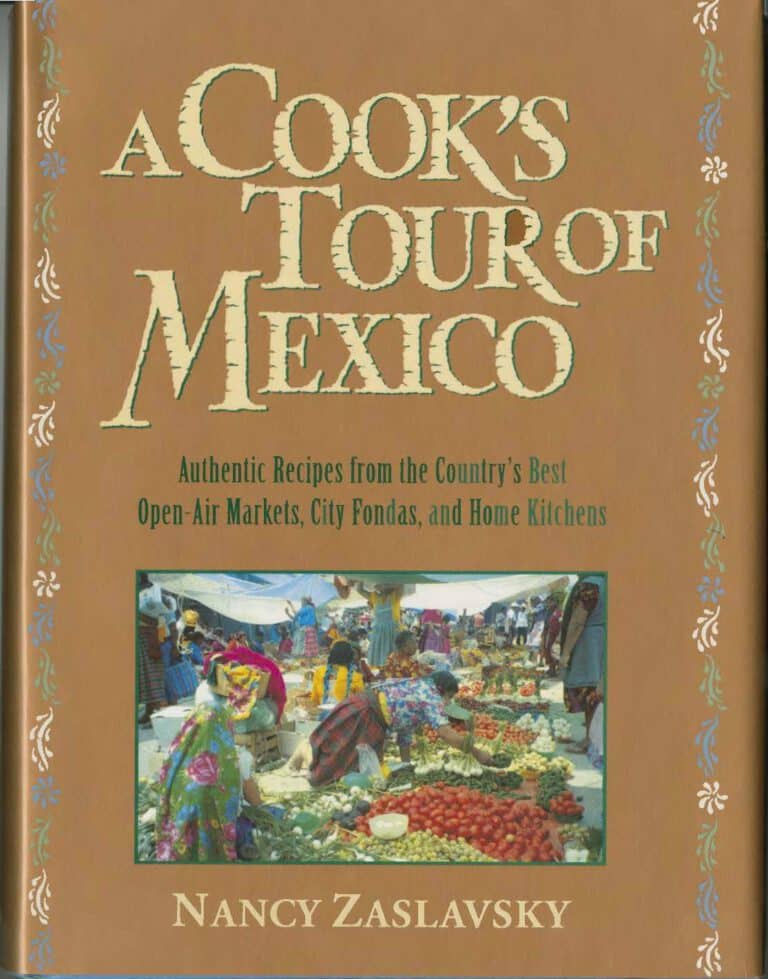
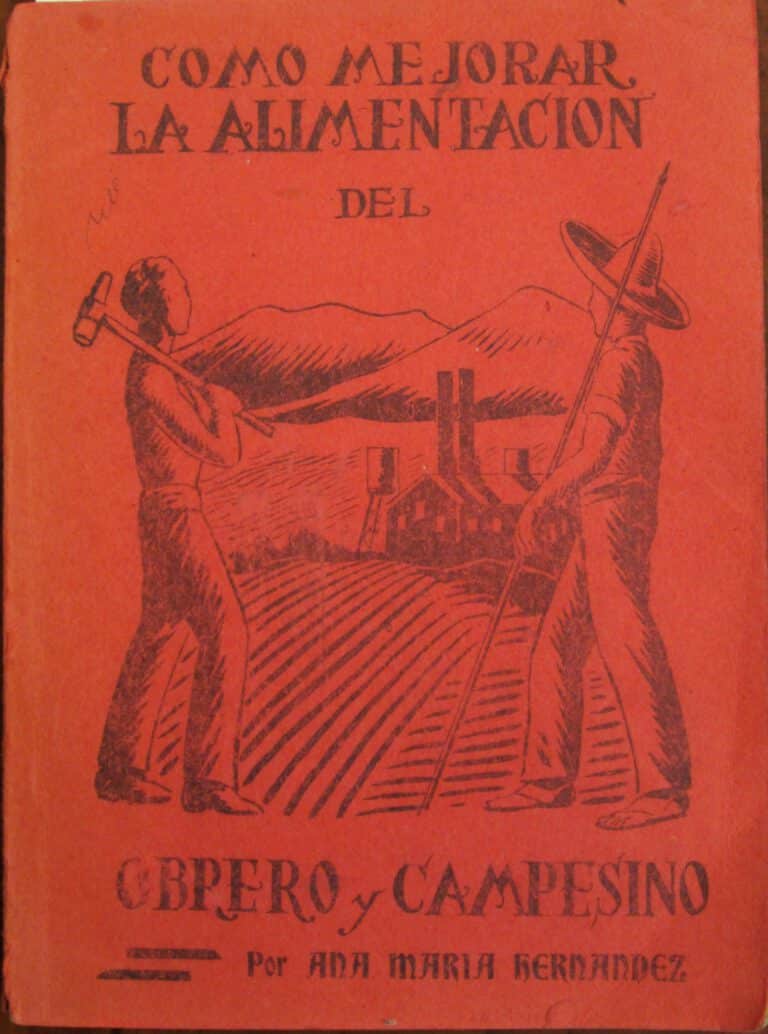
Hmmm. . . sounds more like chintzy, Tex-Mex cooking. Oh wait, it is!
Please don’t obscure our tradition and love for real Mexican food–its disrespectful!
I see what you are saying about this being Tex-Mex. I completely agree. While, the student clearly states that this type of cookbook and introduction of chili powder was the forefront for Tex-Mex. The cookbook remains true to the Hispanic roots by taking traditional dishes and making them Tex Mex for the consumers. The assignment was not to explore true Mexican cooking but to write about the experience in creating a recipe and to learn about it’s origins. I found the article to be an informative piece.
While I appreciate your comments and respect your desire to clarify that Gebhardt’s cookbooks did not publish authentic Mexican cuisine—something that perhaps we should have made clearer in this post—I do want to emphasize that the focus of La Cocina Histórica is on the documentary record of UTSA’s historical cookbook collection, not specifically or solely on “authentic” foods.
Although titled in shorthand as The Mexican Cookbook Collection, the materials in this collection might be better described as encompassing Mexican cooking and its many regional variations, recipes published in Mexico (whether “Mexican” or not), influences upon cooking in Mexico (French, Spanish, America, and others), influences of Mexican cooking outside of Mexico (particularly in the American Southwest), and representations of Mexican cooking to audiences in Mexico and in the U.S.